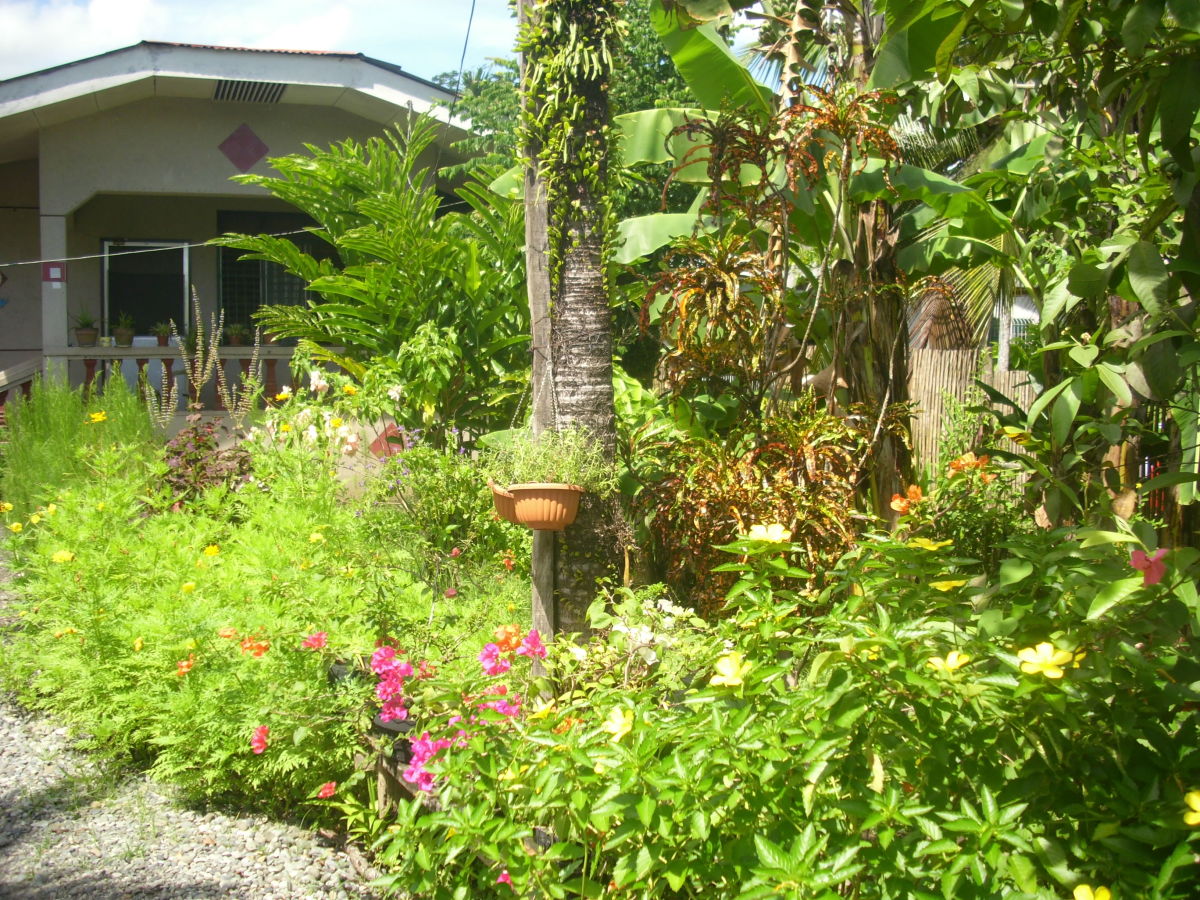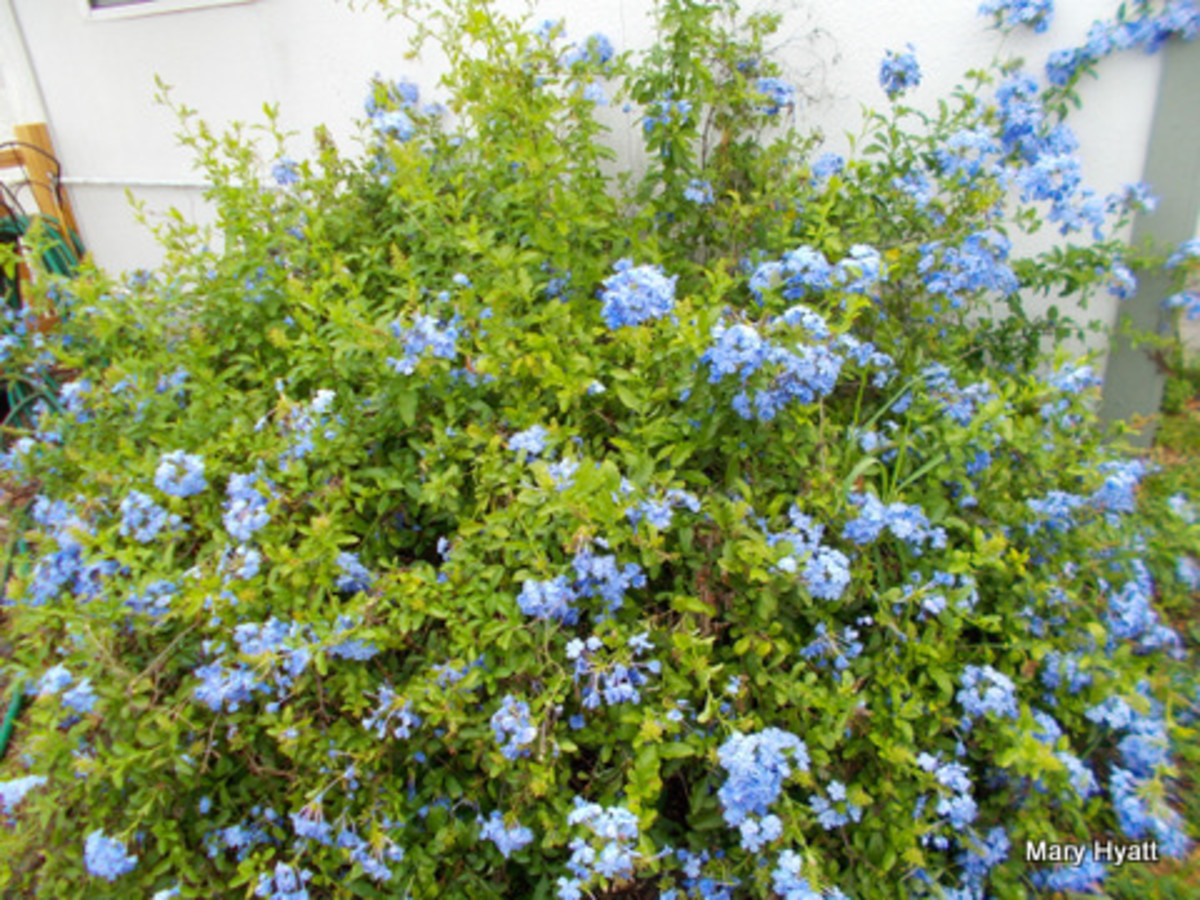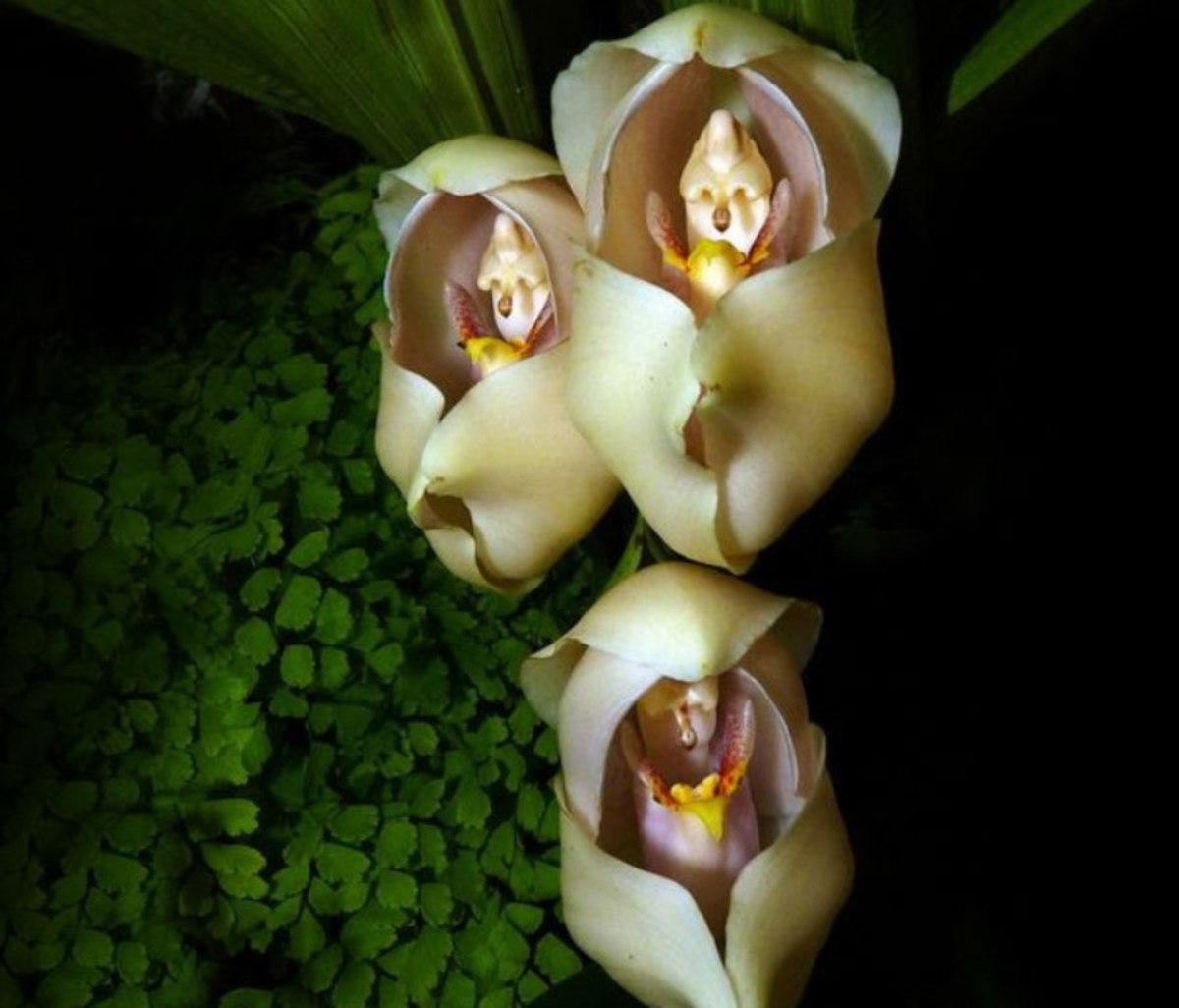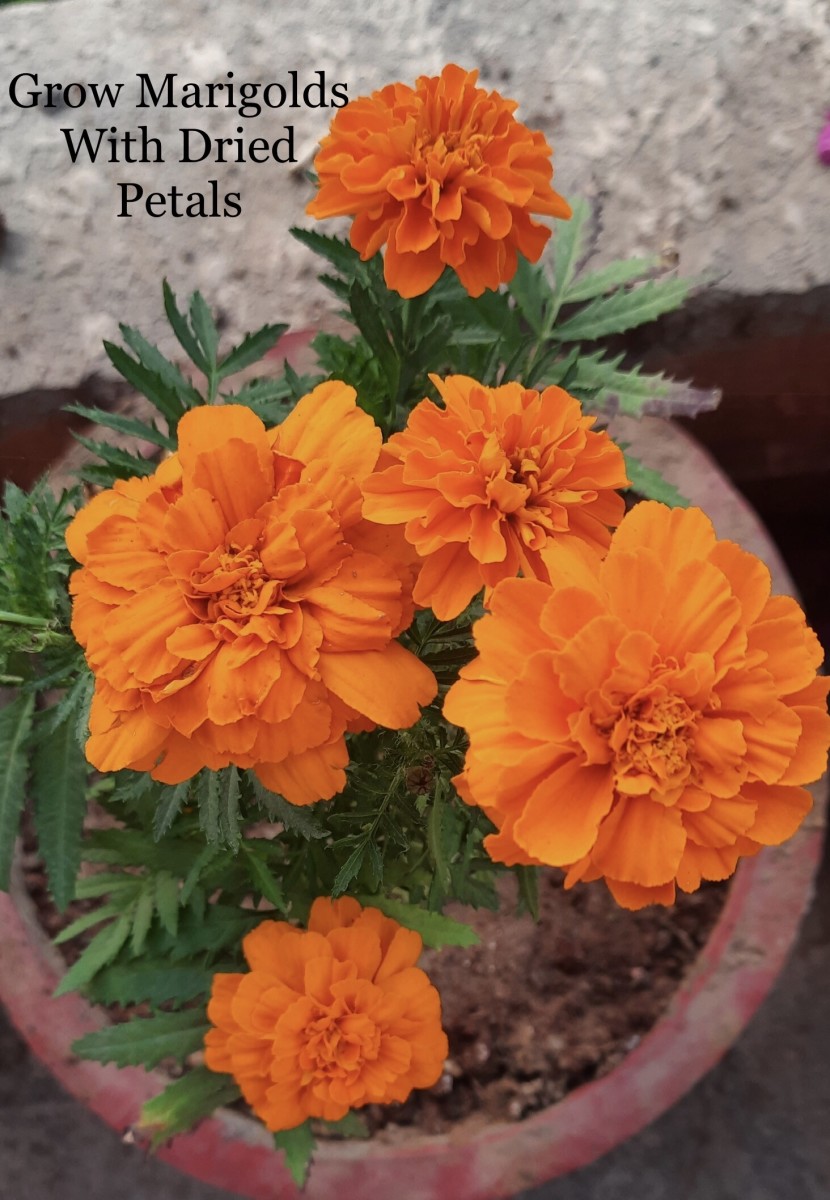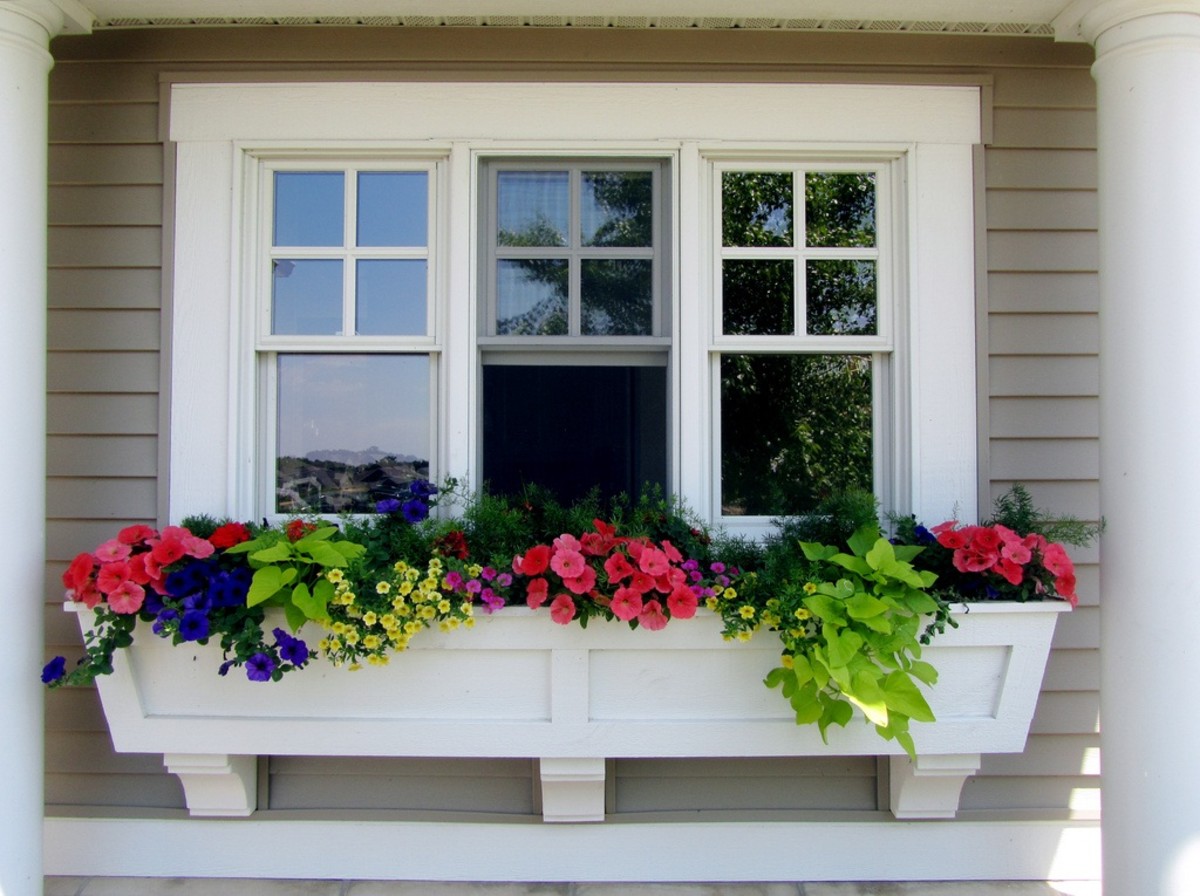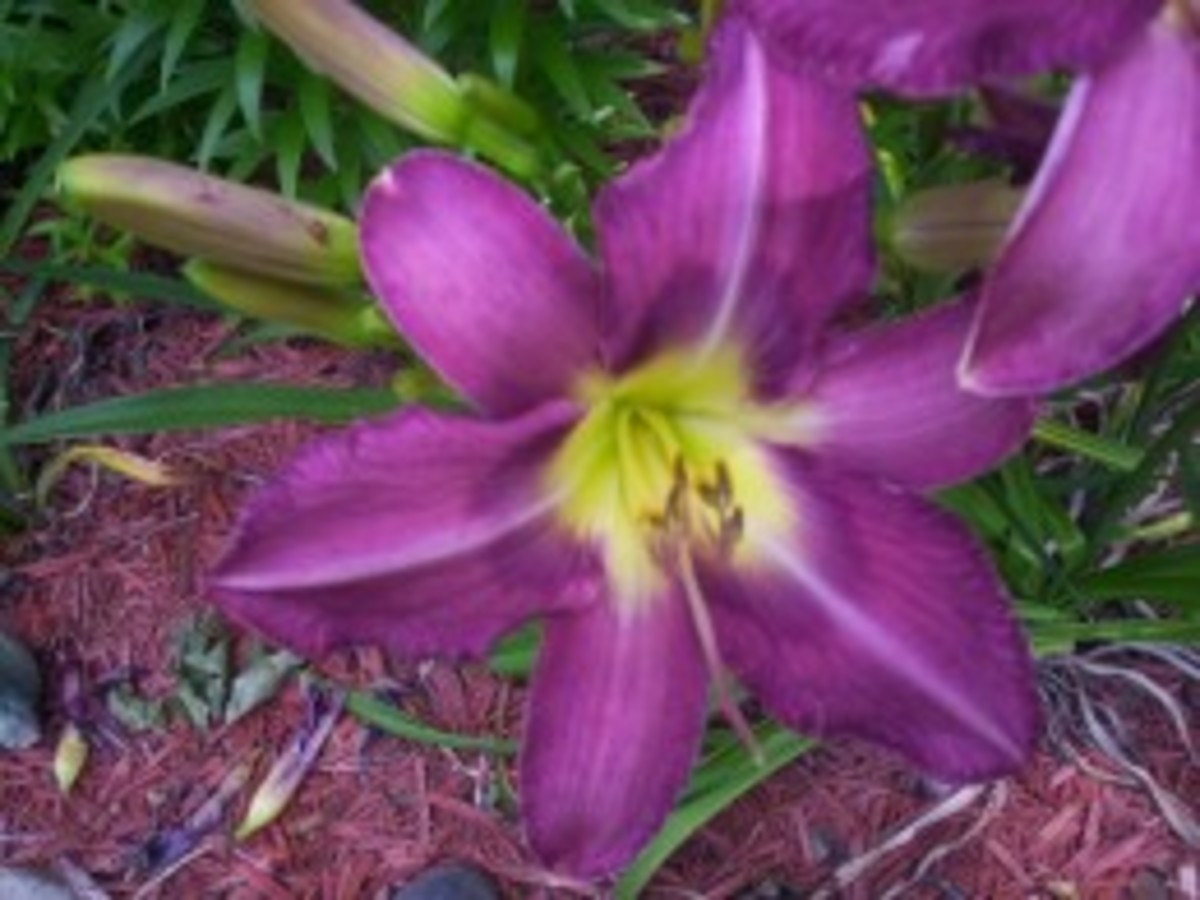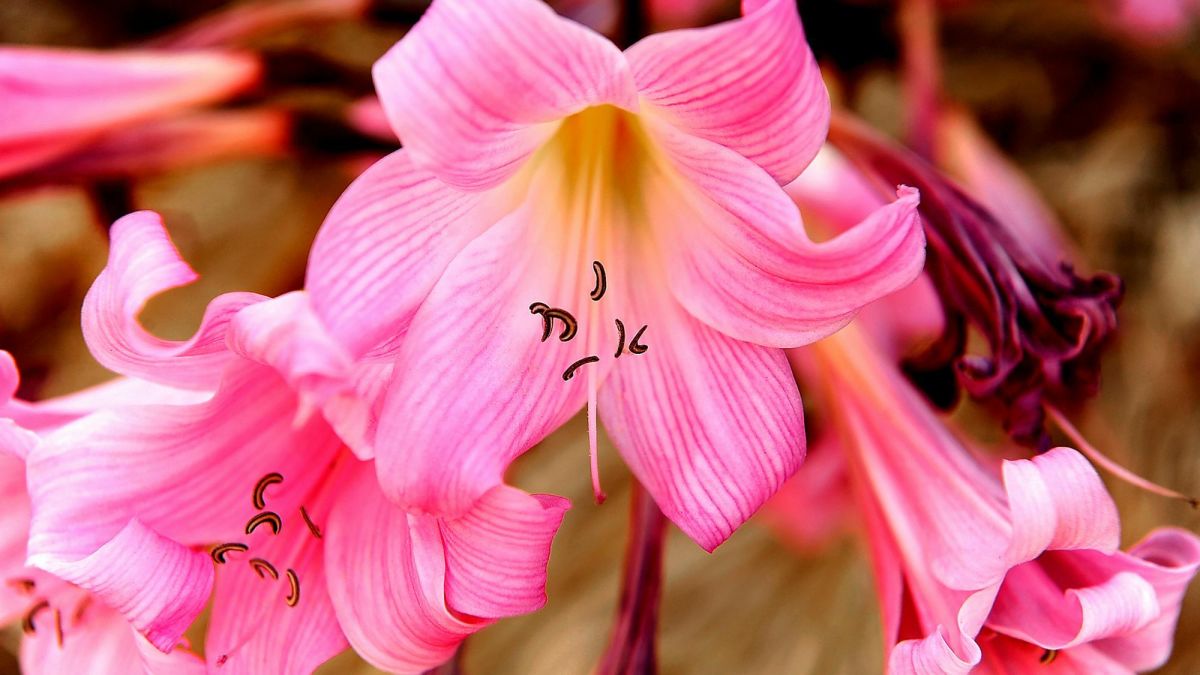Blue Flowers in Nature
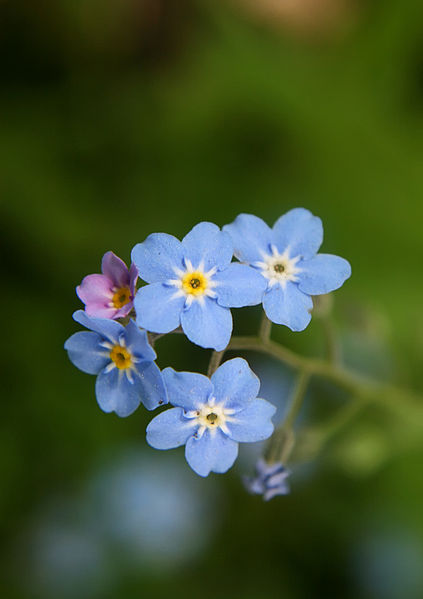
Old-fashioned Blue Favourites
Blue is one of the most evocative colours in nature, the moods of which can range from the cool languor of a dark blue lagoon to the radiant brightness of a blue sky or the sweet prettiness of a delicate blue forget-me-not.
Humans of course, are not the only ones attracted to beautiful blues - bees have been shown to be particularly attracted to blues, yellows and purples.
Blue flowers are a wonderful addition to any garden and there's quite a wide variety of plants in various shades of blue to choose from, many of which are easy to grow. Read on to learn about three lovely old-fashioned blue flowers, simply to grow in any garden.
What Causes Blue Flowers?
Flowers are nature's way of helping along the propagation of plants by attracting pollinating birds and insects.
The spectacular floral displays we find in nature are something that evolved over a long period of time via mutation and natural selection. Originally, plants had no flowers at all - the first ones appearing around 130 million years ago
Variety of colour in flowers can be put down to genetics. In simple terms, the genes of the individual plant determines the colours of its flowers, just as our genes determine the pigments of our skin, hair and eye colour.
Plants that don't rely on bird and insect pollination but rather use the wind to spread their seed have less need for bright, glorious flowers. So flower colours are really all about the laws of attraction! Bright, beautiful blue flowers attract certain species of birds and insects, who like us, are impressed by their beauty and in some cases, scent.
The specific blue colour comes from pigments called anthocyanins, which occur in the tissues of plants and are responsible for red, purple or blue colours in flowers, depending on the pH of the plant composition. Flowers that have evolved to attract bees tend to be blue or yellow
For more information on the evolution of flowers, check out the link below:
Forget-me-nots
Botanical name - Myosotis [meaning mouse ear]
Romantically named, old fashioned forget-me-nots are a petite, powder blue, five petalled flower with a bright golden centre.
The humble forget-me-not is intertwined with many folk-lores and several charming stories have arisen as to how they got their name, from a lover whose heavy armour made him fall into a river, throwing a posy and shouting "forget me not!" to his girlfriend as he floated away, to a plea to God from the tiny flower to "not forget about me", to which God magnanimously replied "that shall be your name from this day forth...'forget-me-not!' "
These pretty flowers belong to a family of plants known as Borgoninacea and there are around 100 species of the genus- perennials, biennials and annuals. Colours come in white, pink, cream, mauve and of course, blue.
Grown all around the world, they do well in a variety of settings and different light conditions, sunny or shady but they do prefer a moist soil in the heat of summer. Perfect for cottage gardens and a splash of vivid colour in Spring.
Forget-me-nots make an excellent ground cover for empty spaces and are also good for planting around rockeries and ponds as they appreciate the damp soil in these areas.These are self-seeding, so once established, will pop up again and again in the garden
Tips for Growing Forget-me-nots
- Start the seeds where you want the plants to grow
- Select an area which is sunny or has dappled shade
- Prepare the soil by enriching it with plant food
- Sprinkle seeds over the surface of the soil and cover completely [they need darkness to germinate]
- Firm the soil down
- Water in well and keep up the watering until the seedlings emerge
Forget-me-not
General Info
| Visual Features
| Behaviour
|
|---|---|---|
Area of origin - Europe
| 5 petalled tiny blue flower with golden centre. comes ain a fewcolours but blue is the most popular
| Flowers in Spring and summer
|
Attracts pollinating insects
| Grown in clusters for display
| Annuals which act like perennials due to self-seeding
|
Often worn by women as a sign of loyalty and love
| Their low proximity to the ground makes them a good ground cover
| Are considered a weed in some areas
|
The most popular colour in the world?
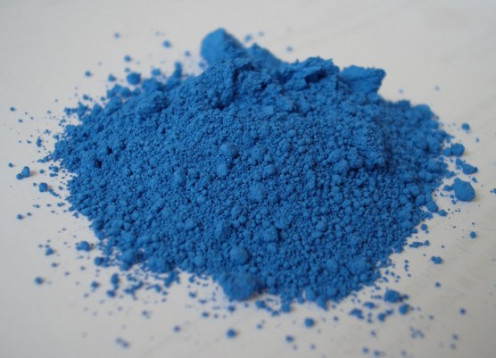
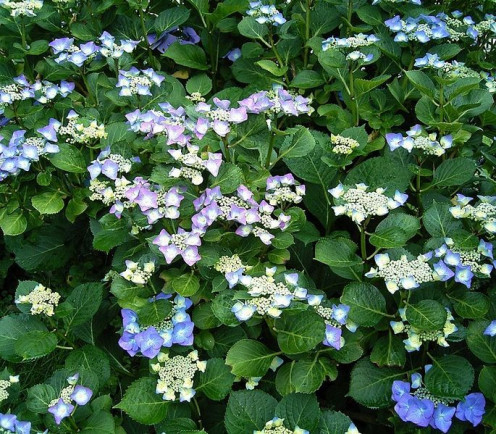
Colour Change
It's possible to change the colour of hydrangeas from pink to blue and vice-versa by altering the soil composition from acid to alkaline.
Add lime for pink blooms and aluminium sulphate for blue
Propagating Hydrangeas
Hydrangeas are so simply to grow; you only need to take a green cutting from anywhere on the plant and stick it in the ground. It's that easy!
Hydrangeas
Botanical Name -Hydrangea macrophyllia
From the family of Hydrangeaceae, there are round 100 species of this genus, the natural home of which is the moist woodland areas of Asia.
Hydrangeas have long been a favourite in Australian gardens for their lengthy displays of colour which bloom in Spring and Summer and also for their hardiness and easy maintenance.
They have large, serrated dark green leaves, mass clusters of flowers in pinks, whites, mauves and blues and are easy to grow and propagate.
Tips for Growing Hydrangeas
- Plant in full sun or partly shady areas of the garden. They do like some protection from the hottest summer sun
- Although they are tough, hydrangeas are at their best in moist, humus-rich, well-drained soil
- In summer the leaves will wilt significantly on a very hot day but a good water in the evening will completely revive them
- For maximum benefit, fertilise once a year in early Spring with organic material or a slow release commercial fertiliser
Pruning Hydrangeas
- After the flowering season, hydrangeas benefit from pruning the old wood off
- Look for where the new wood begins
- Pick the fattest pair of buds [which grow in alternate pairs] and prune just above them
- Prune over the entire plant but don't prune too far back because if you do you will have great foliage but no flowers
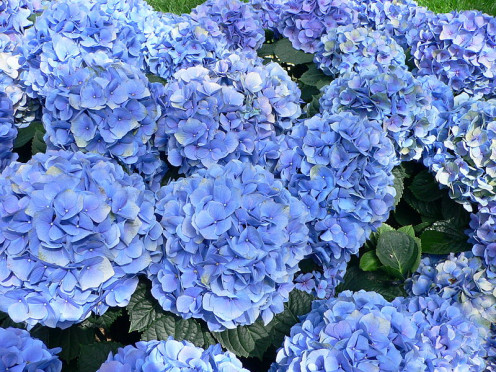
Hydrangea
General Info
| Visual Features
| Behaviour
|
|---|---|---|
Area of origin -Asia
| Masses of tiny flowers grown in cluster
| Flowers in spring/summer
|
Resistant to most insects and diseases
| Large, dark green serrated leaves
| Likes moisture in the soil
|
Often referred to as "Grandmother's flower"
| Grows to a medium/largish bushy plan
| Has a tendency to go droopy on hot days
|
Cornflowers
Botanical Name ~ Centaurea cyanus
You may have head the expression "cornflower blue eyes" to describe what is a gorgeous warm blue tone, found in the very old cornflower plant. This particular blue has less green in it, making it warmer and vivid rather than cooler. Aslo know as "bachelors button" probably because of their use in wedding bouquets, the pretty blue flowers on long stems work best in mass plantings for a sea of electric blue in the garden. They also blend in and compliment a variety of other plants.
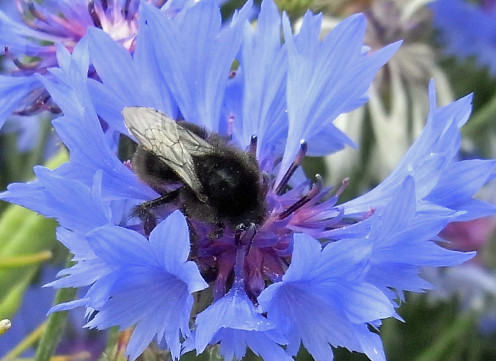
Nature in Art
Cornflower blue was the favourite colour of the brilliant Dutch artist, Vermeer.
Vermeer painted gentle scene of domestic stillness, reflecting a warmth and beauty that owes much to the soft colours he employed.
Note the cornflower blue of the milkmaid's dress in the painting below.
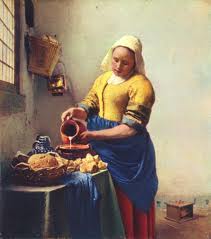
Poll
Do you have any of these flowers in your garden already
Cornflowers are annuals, members of the Aster species and grown as ornamentals. They were once plentiful as wildflowers in the lush ploughed fields of England. However human progress, insecticide use and other factors have shrunk their natural home but they are still plentiful in domestic gardens, particularly cottage ones.
Like nasturtiums, cornflowers are edible and can be used as a garnish in salads. They are a very romantic old flower and conjure up images of picturesque cottage gardens, soft summer days and lazy picnics on an English hillside, where they used to grow in abundance
Tips for Growing Cornflowers
- Easy to grow from seed spread in early spring
- Choose a sunny aspect for best results
- Cornflowers optimally prefer a well-drained, alkaline soil but will grow elsewhere
- Prepare the soil by raking and digging it over to remove debris
- Fertilise with organic material or slow release fertiliser
- Water the area well
- After the seedlings appear [around 2 to 4 weeks after planting] they will need thinning out as the grown plant will need space around it
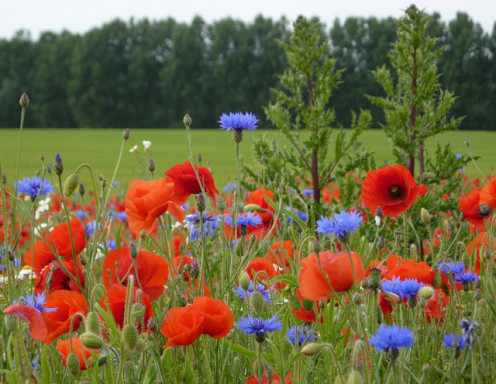
Cornflower
General Info
| Visual Features
| Behaviour
|
|---|---|---|
Are of origin- Europe
| Vivid blue colour with long stems, they make a lovely cut flower
| Flowers all summer
|
Attracts pollinating insects - birds and butterflies love them
| Grows from around 16 to 36 inches
| grows wild in fields
|
Keep cutting them if you want to maximize flower yield
| Edible annuals
| will grow in containers
|

